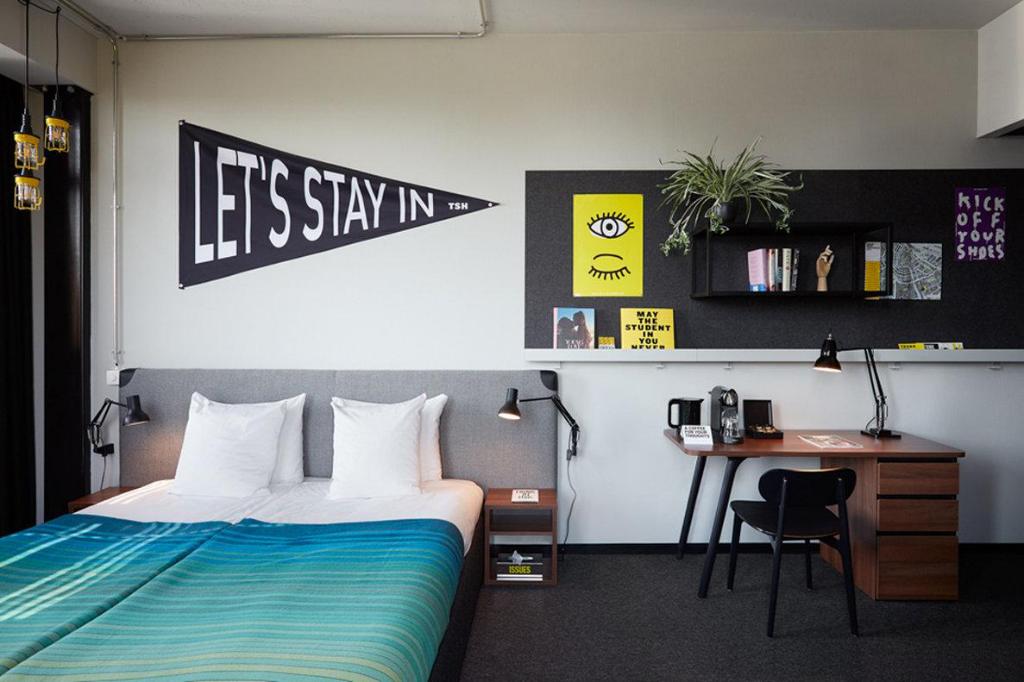OTAs and hotel companies are often said to be in a zero-sum game – hotels invest heavily into their direct channels and loyalty programs to reduce OTA commissions, but often ineffective hotel distribution strategies mean that they sometimes end up spending more than what they would have paid to OTAs. However, whilst OTAs and Metasearch sites often grab the hospitality headlines, they are only half of the story when it comes to implementing a robust hotel ditribution channel strategy that works for acquiring customers at a fair cost.
What is hotel distribution?
A hotel distribution strategy is a plan of action for selling rooms profitably through a variety of channels. Get the full hotel distribution strategy definition here.
Hotel distribution channels
A mix of direct channels, such as a hotel's website, and indirect channels such as online travel agents (OTAs), Global Distribution Systems (GDS) and wholesalers are typically used.
Rethinking hotel distribution
When online travel agencies (OTAs) arrived at the turn of the millennium, they levelled the playing field between big global brands and local hoteliers. A 3-room B&B in the Alps or a family-run Italian osteria could enjoy the same online visibility as a Marriott or a Mercure hotel, attracting customers from all over the world.
But now, every hotel uses the same tools for distribution and OTAs have become a commodity. That means it’s once again harder for smaller hotels or chains to stand out against big brands. To make matters worse, standard layouts and quantitative search criteria (number of stars, room price, average user reviews) are making it even harder for hotels to showcase their unique attributes.
“OTAs have become a commodity.”

The Student Hotel in Amsterdam provides large and flexible classrooms and workspaces that can be used in different setups and booked for events.
Strategic partnerships
To stand apart from the crowd, hoteliers must now seek out new distribution channels. Some have benefitted from the rise in niche travel guides from the likes of Wallpaper, Monocle or Louis Vuitton. Others have started using local partners with complementary offerings as ambassadors.
The Waldhotel at the Bürgenstock resort near Lake Lucerne in Switzerland has partnered with renowned private clinics in the area, who refer their patients to the hotel. In Amsterdam, the Student Hotel relies in part on referrals from local demand generators such as universities and student guides. This type of strategy helps hotels ground themselves in the local scene, offering a more authentic experience and creating new revenue streams tied to local visitors.
“Affinity-based referencing is another way for hoteliers to stand out.”

Published since 1998, the Louis Vuitton City Guides have amassed a cult following among well-heeled and aspirational customers alike.
Strategic referencing and social media
Affinity-based referencing is another way for hoteliers to stand out, especially when they have a strong concept. For instance, road trip enthusiasts booking a vintage van on Washington-based platform PacWesty are encouraged to stay at the Kimpton Hotel Vintage in Seattle before or after their trip. Virgin hotels are active on local Reddit forums, offering advice on activities, attractions - and where to stay, of course. Social media apps such as Pinterest and Instagram have also become ideal outlets for hotels to advertise, providing more creative control over the experience than with OTAs. So long as they can be tied back to the hotel concept, these new outlets can boost a hotel’s perceived value, reach a more qualitative audience and increase direct reservations.
This article is extracted from the Hotel Concept Handbook, developed by Creative Supply in partnership with EHL and has been used to create winning hotel concepts. For hoteliers, it helps to create integrated, compelling concepts that attract the interest of guests and industry professionals alike by linking storytelling to operations or design. The Hotel Concept Framework is taught every year to students at EHL.

